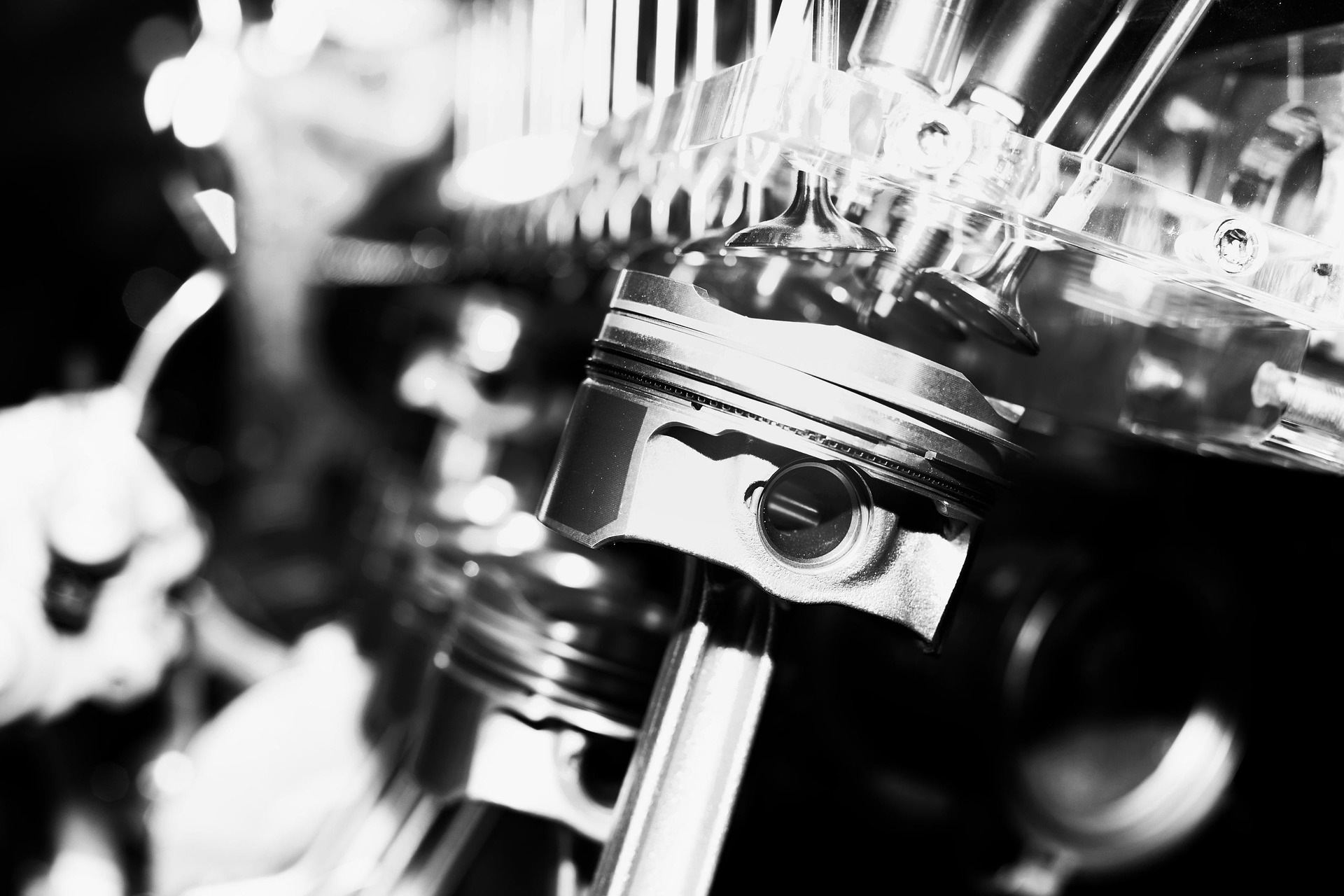Unraveling the Mystery of Combustion Chamber Design
The heart of every internal combustion engine beats within its combustion chamber. This critical component, often overlooked by casual automotive enthusiasts, plays a pivotal role in determining an engine's performance, efficiency, and emissions. As automotive technology advances, engineers continue to push the boundaries of combustion chamber design, seeking the perfect balance between power, fuel economy, and environmental responsibility.

The Fundamentals of Combustion Chamber Design
At its core, a combustion chamber is the space where fuel and air mix and ignite, creating the controlled explosions that power our vehicles. The shape, size, and configuration of this chamber significantly influence how efficiently this process occurs. Early engine designs featured simple, flat chambers that were easy to manufacture but limited in their ability to optimize combustion.
As automotive technology progressed, engineers began experimenting with various chamber shapes. The goal was to improve flame propagation, increase compression ratios, and reduce the likelihood of engine knock. This led to the development of wedge-shaped chambers, hemispherical designs, and pentroof configurations, each offering unique advantages in different applications.
The Impact of Chamber Shape on Performance
The shape of a combustion chamber can dramatically affect an engine’s performance characteristics. Hemispherical chambers, popularized by Chrysler’s HEMI engines, allow for larger valves and improved airflow, resulting in increased power output. However, they can be more complex and expensive to manufacture.
Pentroof designs, commonly used in modern four-valve engines, offer a good compromise between performance and practicality. They provide excellent flame propagation and allow for centrally located spark plugs, which can improve combustion efficiency and reduce emissions.
Squish and Quench: The Hidden Heroes of Combustion
Two critical concepts in combustion chamber design are squish and quench. Squish refers to the turbulence created as the piston approaches top dead center, forcing the air-fuel mixture into the main chamber area. This turbulence helps mix the fuel and air more thoroughly, leading to more complete combustion.
Quench, on the other hand, occurs when the piston’s flat top comes close to a flat area on the cylinder head. This proximity helps cool the end gases, reducing the likelihood of pre-ignition and allowing for higher compression ratios. The balance between squish and quench areas in a combustion chamber can significantly impact an engine’s performance and efficiency.
Advanced Materials and Manufacturing Techniques
The materials used in combustion chamber construction have evolved alongside design principles. Traditional cast iron cylinder heads have given way to aluminum alloys in many applications, offering reduced weight and improved heat dissipation. Some high-performance engines even utilize exotic materials like titanium for valve covers and other components.
Modern manufacturing techniques, such as 3D printing and computational fluid dynamics (CFD) simulation, have revolutionized the design process. Engineers can now rapidly prototype and test different chamber configurations virtually before committing to physical prototypes. This has accelerated the pace of innovation and allowed for more precise optimization of combustion chamber designs.
The Future of Combustion Chamber Design
As the automotive industry faces increasing pressure to reduce emissions and improve fuel efficiency, combustion chamber design continues to evolve. Some cutting-edge concepts include variable compression ratio engines, which can alter the combustion chamber volume on the fly to optimize performance under different operating conditions.
Another area of focus is the integration of direct fuel injection systems with specially designed combustion chambers. By precisely controlling fuel delivery and atomization, these systems can achieve higher compression ratios and improved fuel efficiency without sacrificing performance.
The pursuit of cleaner-burning engines has also led to experiments with unconventional chamber shapes and multiple spark plug configurations. These designs aim to ensure more complete combustion, reducing harmful emissions and improving overall engine efficiency.
Balancing Performance, Efficiency, and Emissions
Perhaps the greatest challenge in modern combustion chamber design is striking the right balance between performance, fuel efficiency, and emissions control. As regulatory standards become increasingly stringent, engineers must find innovative ways to extract maximum power and efficiency from each drop of fuel while minimizing environmental impact.
This balancing act has led to the development of technologies like variable valve timing and lift, which can alter the combustion chamber’s effective shape and volume throughout the engine’s operating range. By dynamically adjusting these parameters, engines can optimize performance for different driving conditions, from high-speed highway cruising to stop-and-go city traffic.
The Role of Combustion Chamber Design in Engine Longevity
Beyond performance and efficiency, combustion chamber design also plays a crucial role in engine longevity. Properly shaped chambers can help distribute heat more evenly, reducing thermal stress on critical components. They can also minimize carbon deposits and oil consumption, factors that contribute to engine wear over time.
Engineers must consider how different chamber designs will perform not just when the engine is new, but after thousands of miles of real-world use. This long-term perspective influences material choices, coating technologies, and even the placement of cooling passages within the cylinder head.
Combustion Chamber Design in Racing and High-Performance Applications
In the world of motorsports, combustion chamber design takes on even greater importance. Race engine builders often push the limits of compression ratios and rpm ranges, requiring highly specialized chamber configurations. These designs must not only maximize power output but also withstand the extreme temperatures and pressures encountered in competitive racing environments.
Innovations developed for racing engines often trickle down to production vehicles, as manufacturers seek to leverage high-performance technology for everyday drivers. This cross-pollination of ideas continues to drive advancements in combustion chamber design across the automotive spectrum.
In conclusion, the seemingly simple space where fuel and air combust is, in reality, a complex and crucial component of engine design. As automotive technology continues to advance, combustion chamber design remains at the forefront of innovation, driving improvements in performance, efficiency, and environmental responsibility. The next time you start your car’s engine, take a moment to appreciate the engineering marvel that’s working just out of sight, turning chemical energy into the power that moves us forward.





